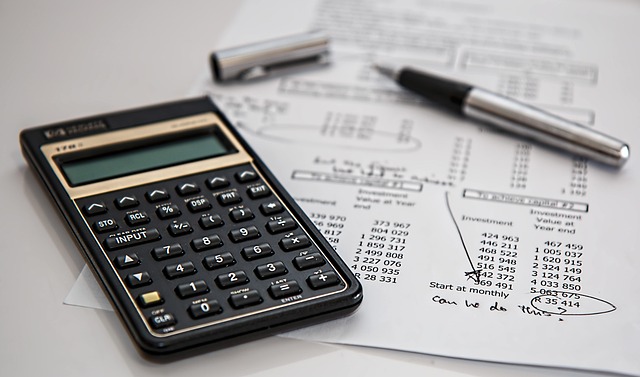Gather precise data on recently sold comparable properties in a target area, focusing on location, property type, size, age, condition, and amenities. Analyze market trends and sales prices to establish an accurate property value for strategic listing pricing in real estate.
When setting a listing price for your home, understanding recent comparable sales is crucial in the real estate market. This process involves a meticulous review of similar properties that have sold recently in your area. By gathering necessary data and assessing key factors like location, condition, and amenities, you can accurately interpret the results. This insights enable you to adjust your listing price competitively, attracting buyers and potentially selling faster.
Gather Necessary Data for Analysis

When reviewing recent comparable home sales in real estate, gathering the right data is key. Start by collecting information on nearby properties that have recently sold and are similar to your target property. This includes details such as location, size (square footage), number of bedrooms and bathrooms, age, condition, and unique features like a pool or garage. Additionally, obtain sales prices and the dates when these comparable sales occurred.
For an accurate analysis, consider market trends and economic factors that might have influenced the sale prices. Look into local real estate listings, multiple listing services (MLS), and public records for this data. By compiling a comprehensive set of comparable sales data, you gain valuable insights into the current market value of your property, helping to make informed decisions in the real estate sector.
Assess Key Factors in Comparable Sales

When reviewing comparable home sales in real estate, assess key factors like location, property type, size (in square footage), age, condition, and amenities. These attributes significantly influence a property’s value in the current market. Location, for instance, can make or break a sale; homes in desirable neighborhoods or areas with strong growth potential command higher prices. Property type encompasses considerations such as single-family dwellings, condominiums, or townhouses, each having unique value drivers.
Size and age are equally important; larger properties generally offer more value, but age can affect a home’s desirability and price. A well-maintained older home may still be highly sought after, whereas a newer construction offers modern features and efficiency. Condition encompasses the overall state of repair, while amenities like a garage, backyard, or updated kitchen appliances can boost a property’s appeal and, consequently, its sale price.
Interpret Results and Adjust Listing Price Accordingly

After reviewing recent comparable home sales, it’s time to interpret the results. Compare the features and selling prices of similar properties in your area to determine the market value of yours. This analysis should consider factors like location, size, condition, age, and any unique amenities or upgrades. By understanding these key aspects, you can adjust your listing price to be competitive yet attractive, maximizing your return on investment in the real estate market.
If comparable sales show a higher price for similar homes, it might indicate a strong buying market where demand exceeds supply. In this case, pricing your home competitively could spark interest from potential buyers. Conversely, if comparable sales suggest lower prices, you may need to reconsider your listing price to align better with the current market conditions, ensuring your property stands out as a valuable offering in the real estate landscape.






